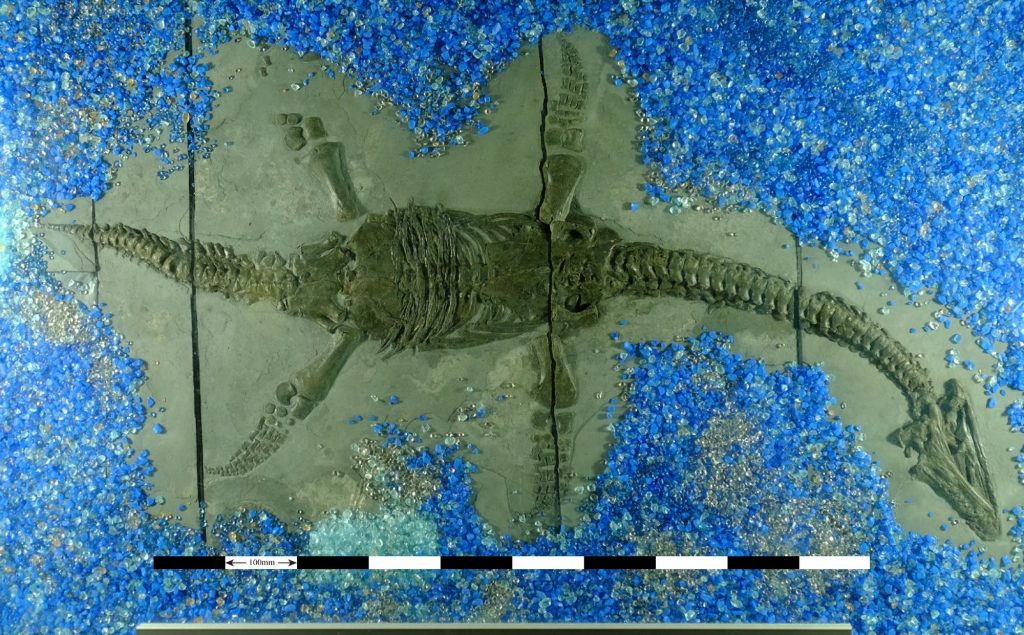In a story reminiscent of the mythical Loch Ness Monster, researchers at the University of Southampton in the UK have used 3D printing to uncover facts about the plesiosaur, that swam in oceans around 203 million years ago.
Though many other creatures swim using similar appendages, the fact that has always puzzled paleontologists is how the plesiosaur swam with four, almost identical, flippers.

Swimming with flippers
In other creatures like turtles and sea lions, the front pair and back pair of flippers vary in size. They are also used for different purposes, i.e. the large two for thrust and smaller two for steering.

In plesiosaurs, the front and back flippers are almost the same size and width – suggesting that they would both be used for propulsion. But until now it has been difficult to determine exactly how these flippers would have moved.
To determine the swim-path of plesiosaur flippers Southampton researchers, alongside partners at the University of Bristol, 3D printed models based on the dimensions of a fossil skeleton.
Secrets of the prehistoric world
In a bath of water, the 3D printed flippers were programmed to try out a number of different movements mimicking existing creatures before finding the right combination.

According to the supporting paper, experiments show “that plesiosaur hind flippers generated up to 60% more thrust and 40% higher efficiency when operating in harmony with their forward counterparts, when compared with operating alone.”
The findings suggests that all four flippers were used primarily as thrust, giving researchers more insight into the prehistoric world. University of Southampton research fellow and plesiosaur expert Luke Muscutt explains, “Understanding how an animal might have moved gives us a better understanding of the animal as a whole – for instance, how far it can travel, what animals it can predate on, and what it might have fallen prey to.”
“The results were amazing and indicate why plesiosaurs were such a successful species, retaining four flippers for more than 100 million years. If this wasn’t the case, it’s unlikely the four-flipper system would have been maintained for so long.”
The Hydrodynamics of Plesiosaurs via Luke Muscutt on YouTube
Real world applications
Muscutt, who has been awarded a PhD funding for his research in aerodynamics and flight mechanics at Southampton, also stipulates that the discovery could potentially have real-world applications.
Understanding the peaceful, yet maneuverable, motion of the flippers could aid in the development of undersea vehicle systems and boats.
3D printing has also been a valuable addition to the museums and cultural heritage sector. In July this year Hope the Whale, the new centerpiece in London’s Natural History Museum, had some 3D printed restoration performed on her front flipper.

Learn more about 3D printing research by signing up to our free newsletter, finding us on Facebook and following us on Twitter.
Register your research expertise on our 3D printing jobs site here.
Featured image: University of Southampton research fellow Luke Muscutt examines 3D printed flippers in the test tank. Photo via Luke Muscutt


